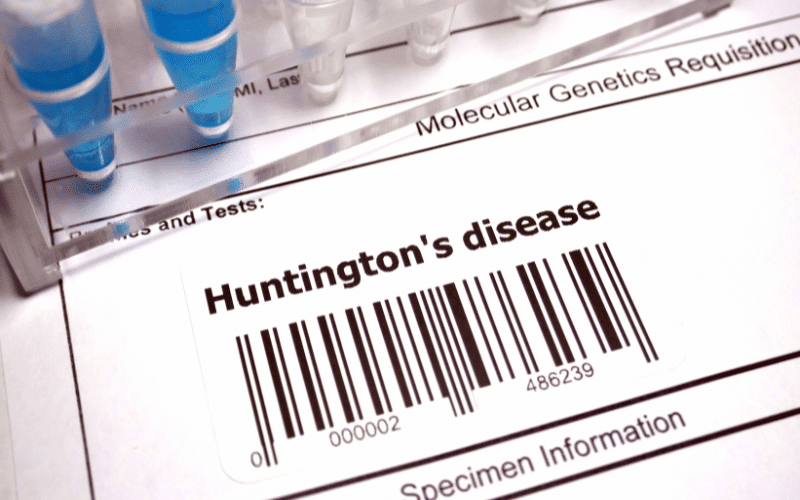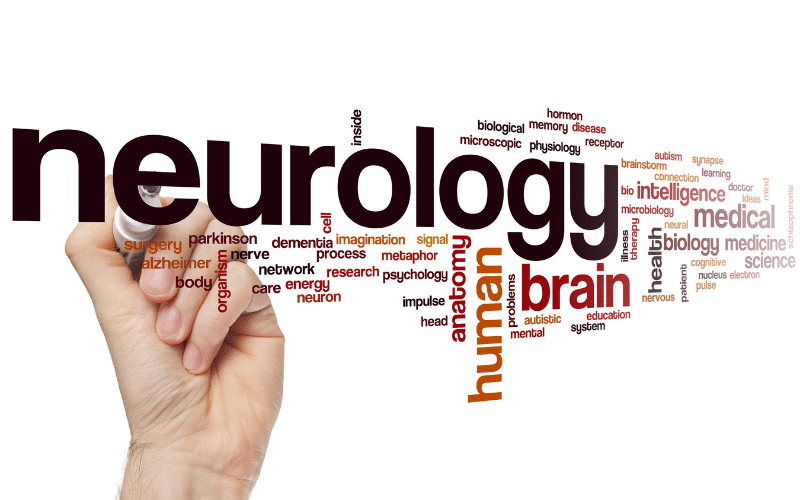Introduction: The Intricacies of Huntington’s Disease

Huntington’s disease (HD), also known as Huntington’s Chorea, is a labyrinth in the vast realm of neurological disorders. Just like an uncharted path that unfolds its mysteries one step at a time, the complexity of HD gradually reveals itself as we delve deeper into its nuances. In this article, we aim to present a detailed breakdown of 15 key facts about this condition.
HD sits on a multifaceted crossroad of genetics, neurology, and human life experiences. The 15 facts about Huntington’s disease that we explore in this article provide a glimpse into these complex dimensions. These insights aim to give a comprehensive understanding of HD – the scope of its impact, the challenges it presents, and the current knowledge that drives its medical management.
Our discussion is intended for a wide audience, including patients navigating the reality of living with HD, loved ones striving to provide effective support, or individuals with an intellectual curiosity about this neurological condition. It is hoped that the insights provided here will help to shed light on this often misunderstood condition and provide a broader understanding of its effects and challenges.
Before embarking on this journey, it’s important to underscore the gravity of HD, a condition that progressively deteriorates nerve cells in the brain, leading to a host of physical and mental complications. While we navigate the unchartered waters of HD, we hope to provide readers with an enlightening experience.
1. Unravelling the Neurological Nature of HD: The Degeneration at Its Core

When we peel back the layers of Huntington’s disease, the key element we encounter is its neurological nature. HD directly affects the brain, causing the progressive degeneration of nerve cells. The disease essentially lays siege to the brain, causing cells to die off over time. The impacts of this process are profound, affecting both physical and mental faculties in severe and life-altering ways.
The changes HD inflicts upon the brain are not random but follow a specific pattern. The disease primarily targets a part of the brain known as the basal ganglia, responsible for a myriad of functions, including voluntary motor control, procedural learning, and routine behaviors. As HD progresses, the degeneration spreads, encompassing larger portions of the brain, and intensifying the symptoms.
Deterioration of the brain cells leads to a decline in a person’s physical and mental abilities. HD patients may experience difficulty in coordinating their movements, leading to uncontrolled jerky movements, known as chorea. This is often one of the first signs people notice when HD begins to manifest.
On the mental front, cognitive abilities also suffer, with patients often experiencing issues with memory, judgment, and the ability to plan and organize. The disease can even alter a person’s personality and cause psychiatric problems, ranging from mild irritability to severe depression or obsessive-compulsive disorder. (1)